The earthboxes are a continued success. Our beans have grown so quickly that they pulled down the lattice that we set up for them. The plant is strong, and the beans are crispy and sweet. We tasted a few on our last trip up to the roof, along with some delicious red chard and greens.

Today we executed our plans to expand the garden for the winter. We utilized four more homemade earthboxes that we built a month back, and we planted the two "official" earthboxes that were donated to us by a supporter that had read our write-up in the LA Times. We also did some additional herbs in some of the traditional pots that we used during the fall.

We planted about two dozen new vegetables -- two different varieties of lettuce, brussel sprouts, and kale.

The only problem...the 4-day storm that is on its way here. We're keeping our fingers crossed that our newly planted seedlings will survive all of the violent rainfall. But, even if they don't, we can simply re-plant!

 Today we executed our plans to expand the garden for the winter. We utilized four more homemade earthboxes that we built a month back, and we planted the two "official" earthboxes that were donated to us by a supporter that had read our write-up in the LA Times. We also did some additional herbs in some of the traditional pots that we used during the fall.
Today we executed our plans to expand the garden for the winter. We utilized four more homemade earthboxes that we built a month back, and we planted the two "official" earthboxes that were donated to us by a supporter that had read our write-up in the LA Times. We also did some additional herbs in some of the traditional pots that we used during the fall. We planted about two dozen new vegetables -- two different varieties of lettuce, brussel sprouts, and kale.
We planted about two dozen new vegetables -- two different varieties of lettuce, brussel sprouts, and kale. The only problem...the 4-day storm that is on its way here. We're keeping our fingers crossed that our newly planted seedlings will survive all of the violent rainfall. But, even if they don't, we can simply re-plant!
The only problem...the 4-day storm that is on its way here. We're keeping our fingers crossed that our newly planted seedlings will survive all of the violent rainfall. But, even if they don't, we can simply re-plant!




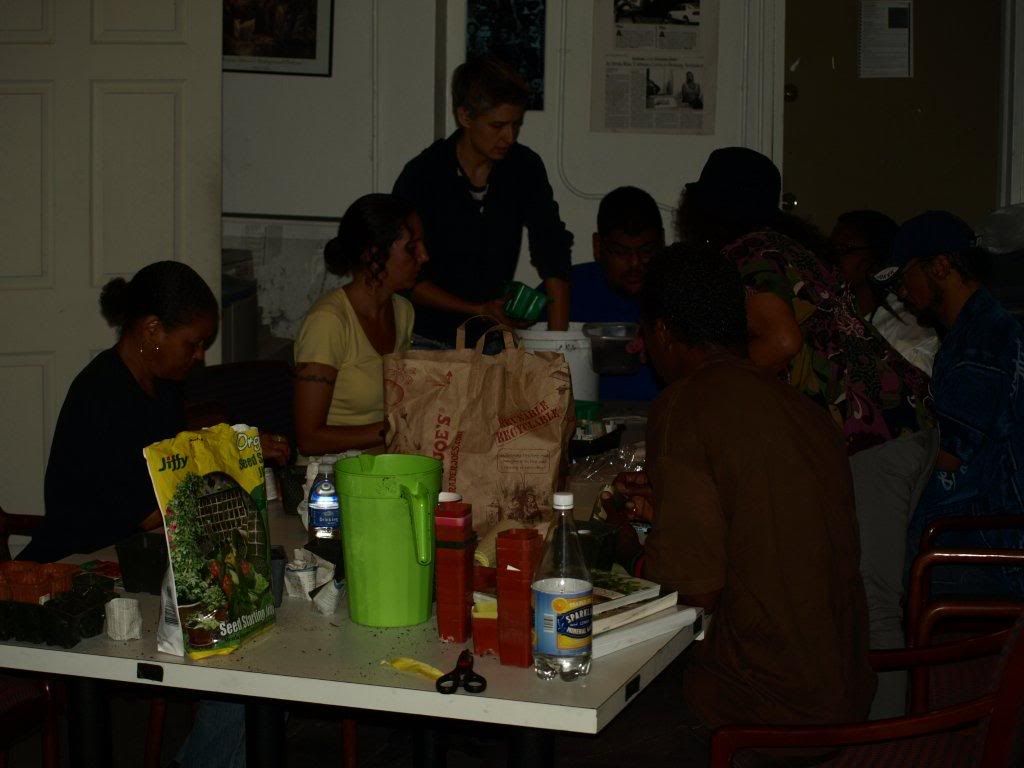
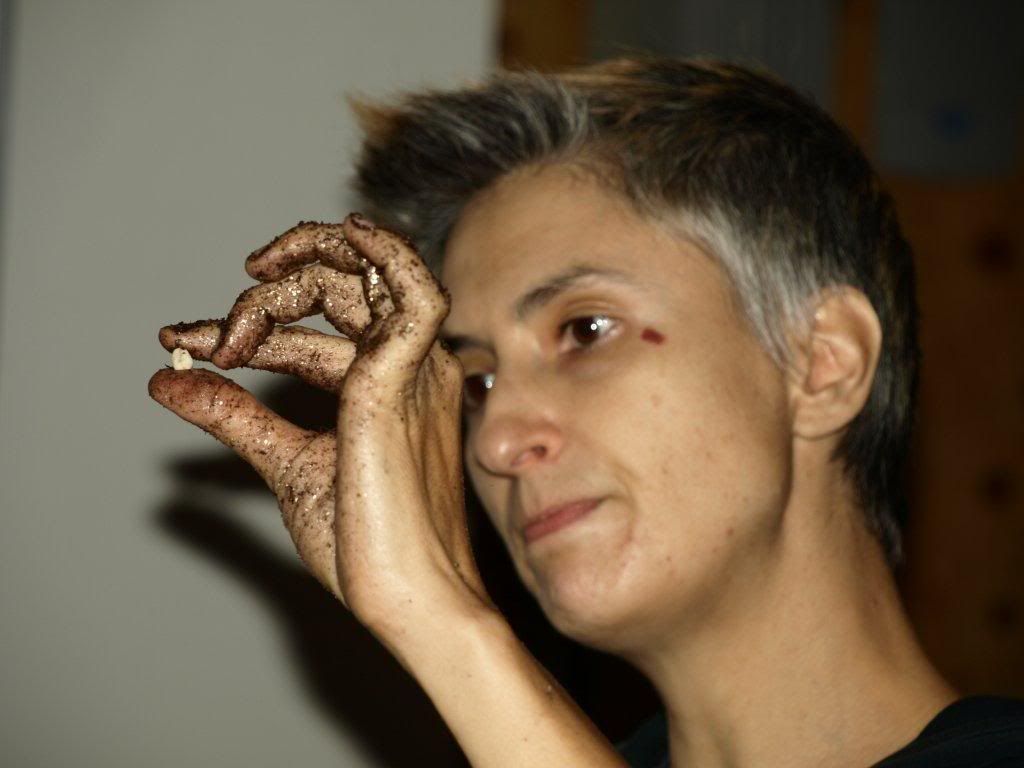





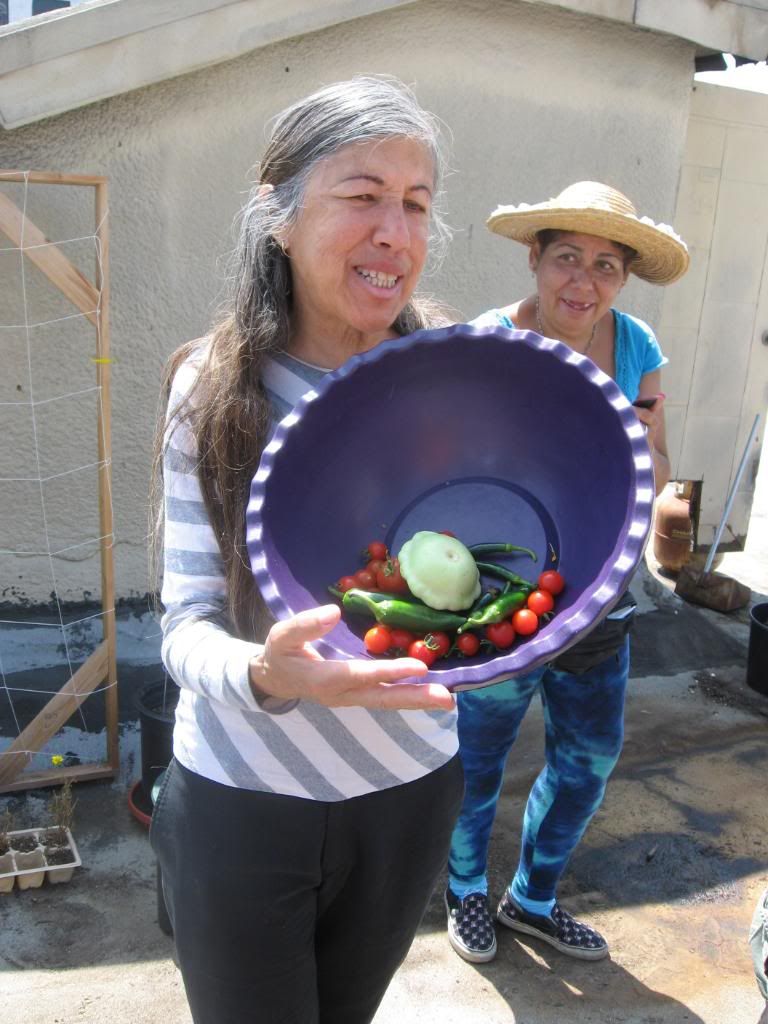
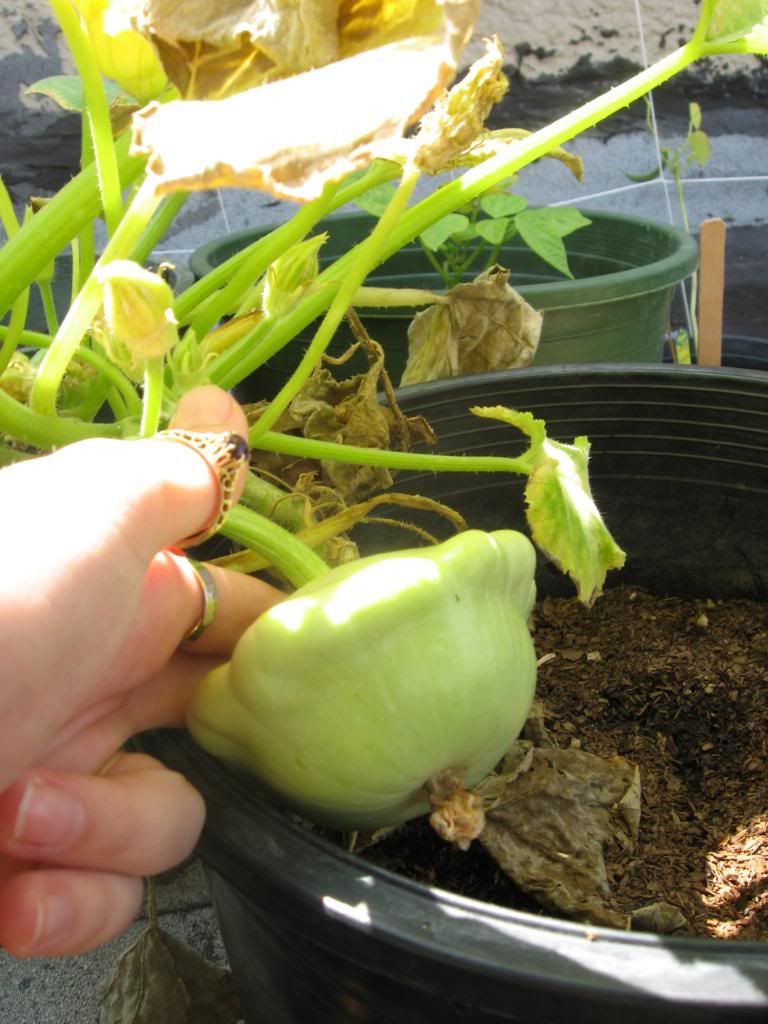


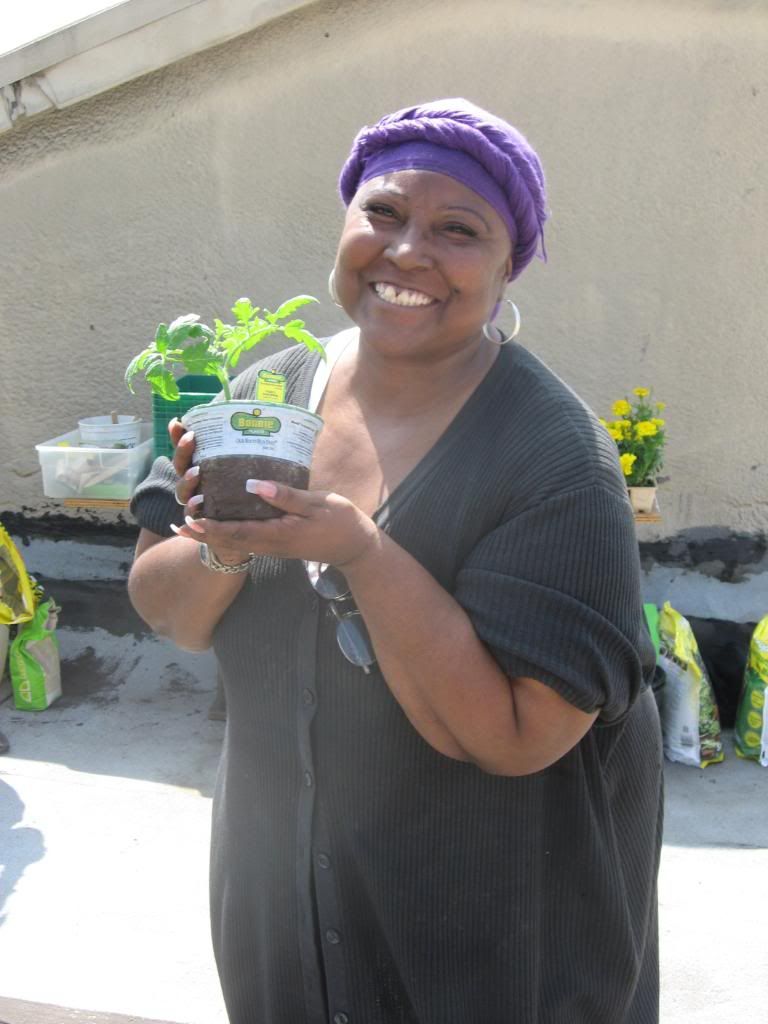







 After surveying the area, LACAN gained permission to begin a rooftop garden high above Main Street.
After surveying the area, LACAN gained permission to begin a rooftop garden high above Main Street.

